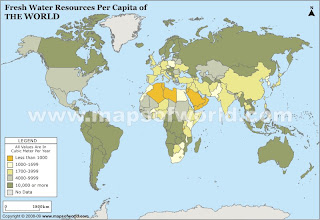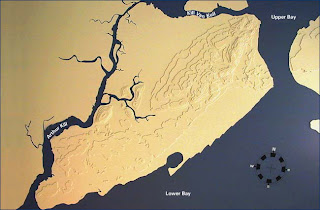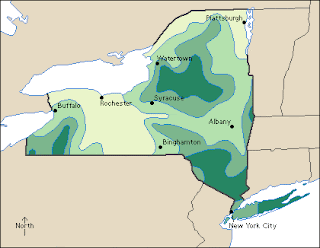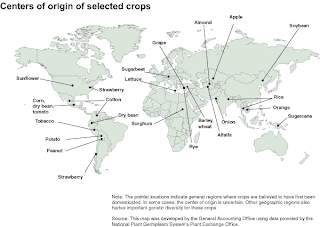Notes:
• Biotic - Biotic resources are the ones which are obtained from the living or once living. Forests and their products, animals, birds and their products, fish and other marine organisms are important examples. Minerals such as coal and petroleum are also included in this category because they were formed from decayed organic matter.
• Abiotic - Abiotic resources comprise of non-living things. Examples include land, water, air and minerals such as gold, iron, copper, silver etc.
• Renewable Resources - Renewable resources are the ones which can be replenished or reproduced easily. Some of them, like sunlight, air, wind, etc., are continuously available and their quantity is not affected by human consumption.
• Many renewable resources can be depleted by human use, but may also be replenished, thus maintaining a flow. Some of these, like agricultural crops, take a short time for renewal; others, like water, take a comparatively longer time, while still others, like forests, take even longer.
• Non-renewable Resources - Non-renewable resources are formed over very long geological periods. Minerals and fossils are included in this category. Since their rate of formation is extremely slow, they cannot be replenished once they get depleted.
• Out of these, the metallic minerals can be re-used by recycling them. But coal and petroleum cannot be recycled.












